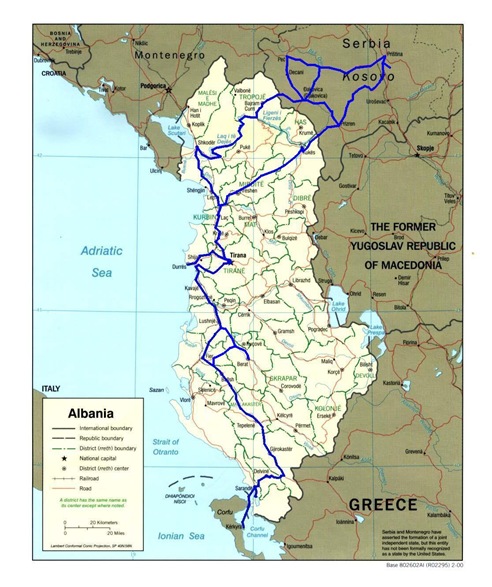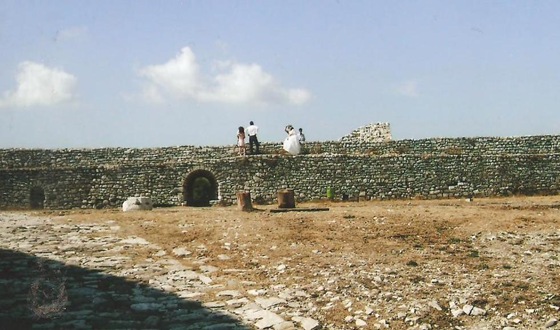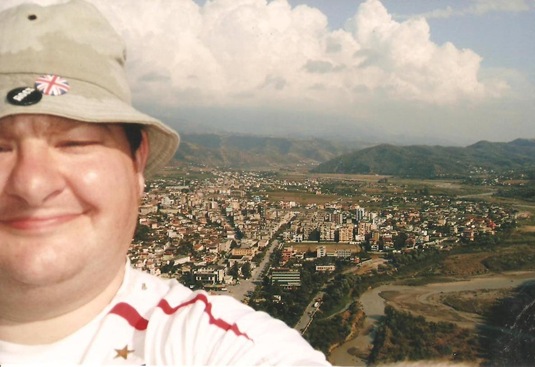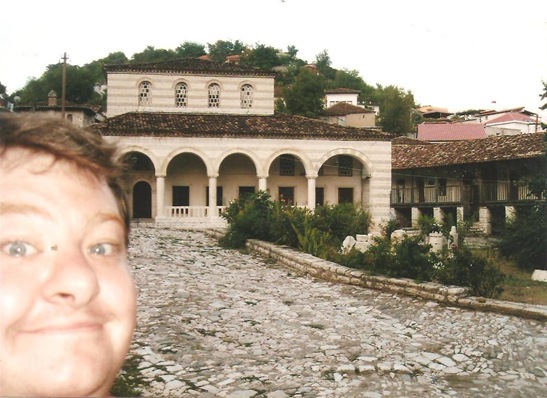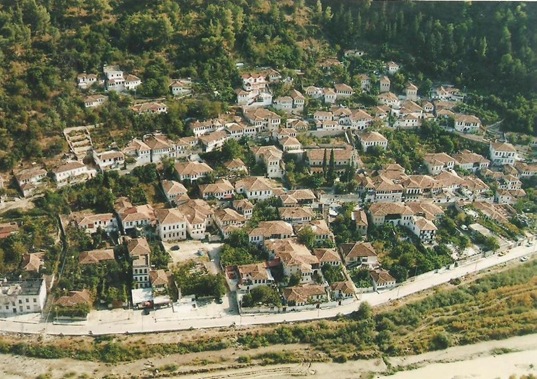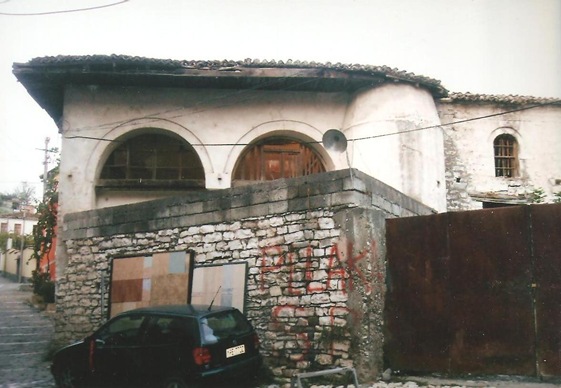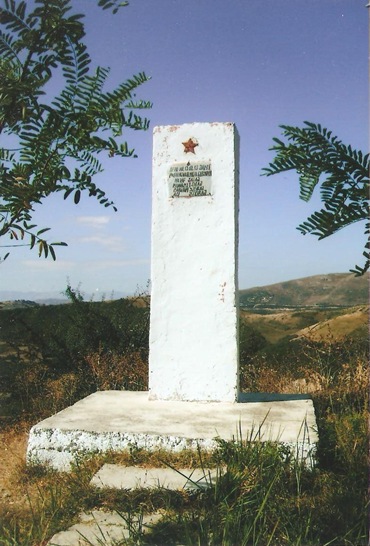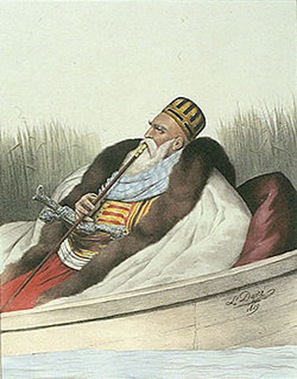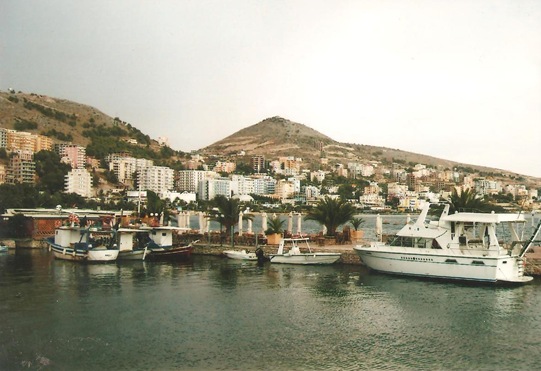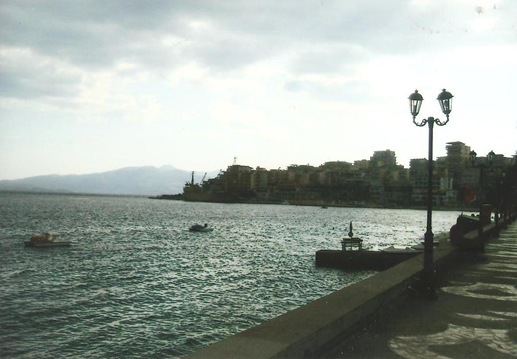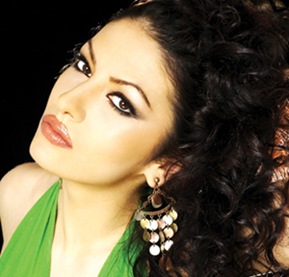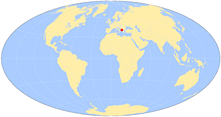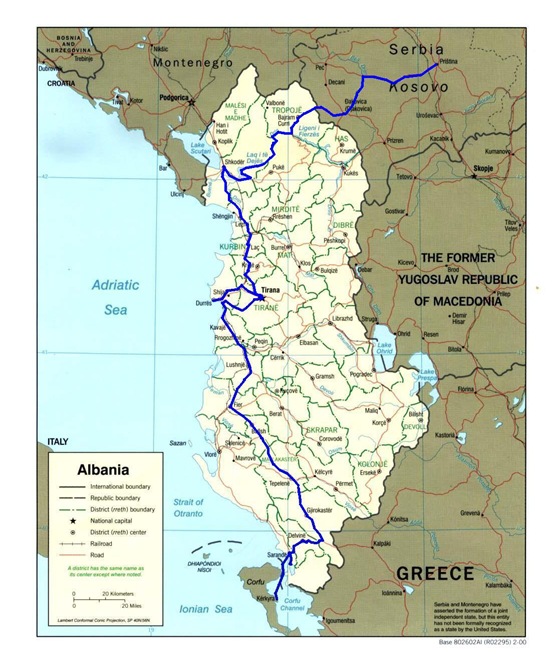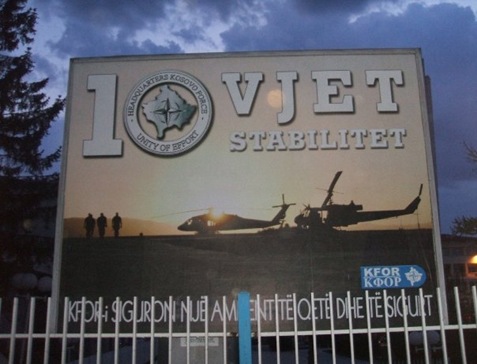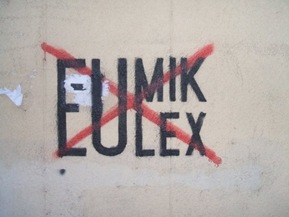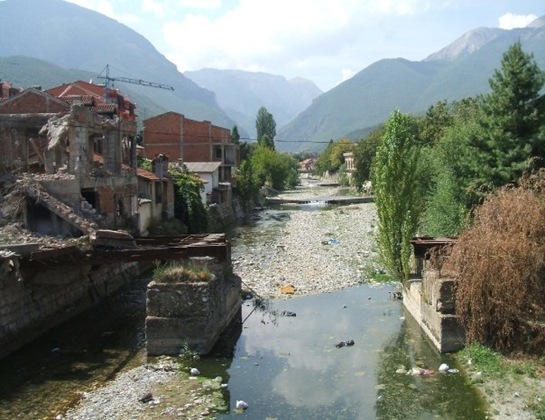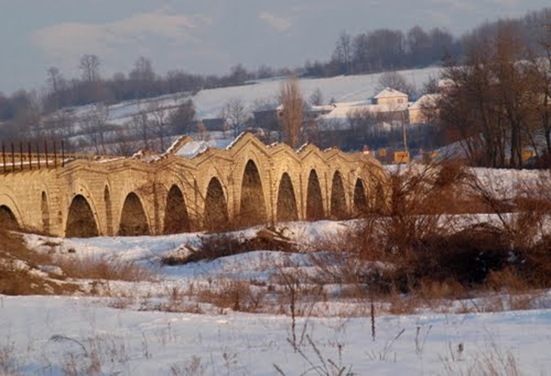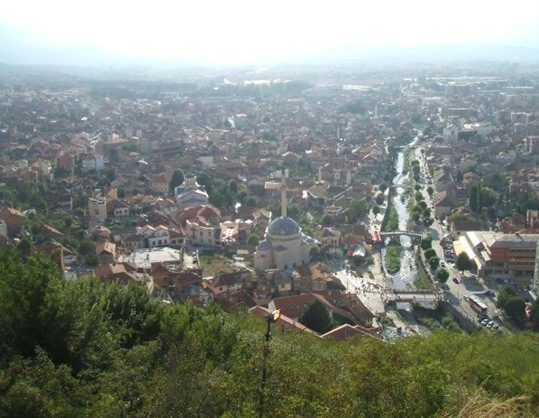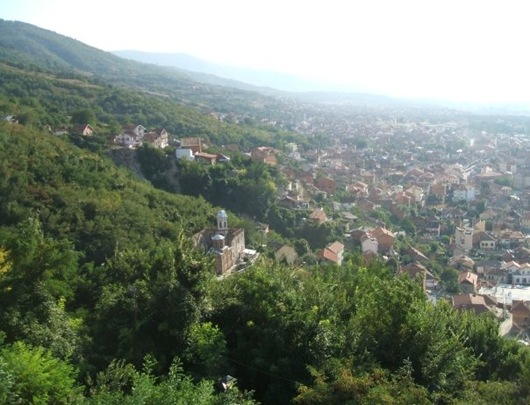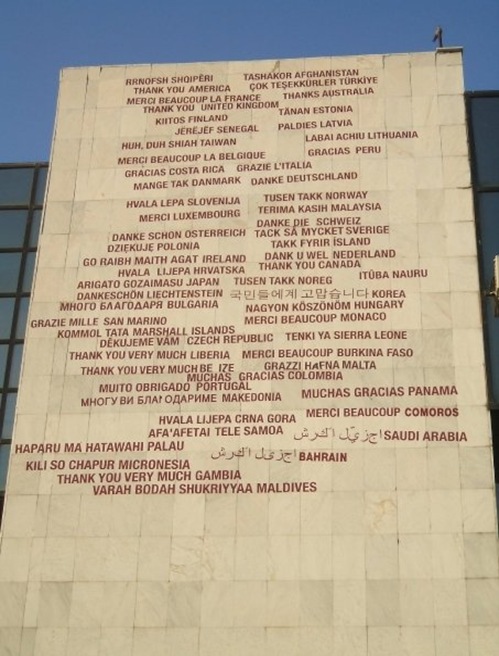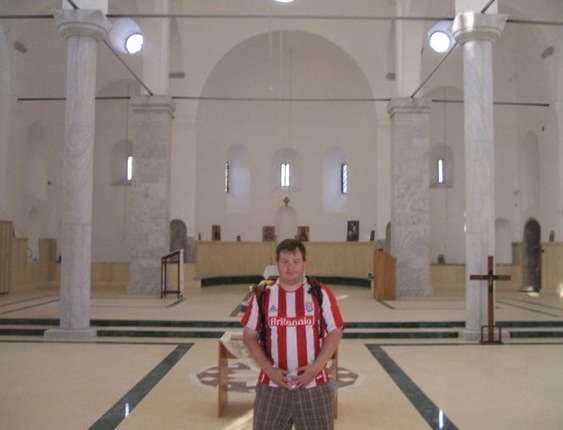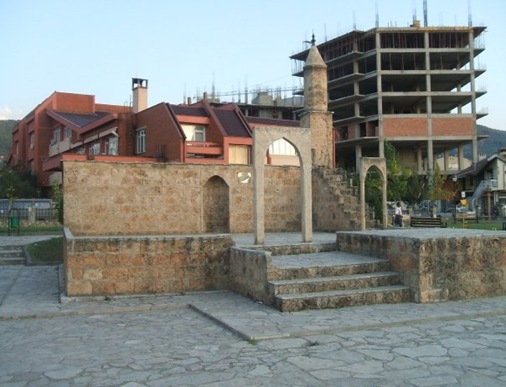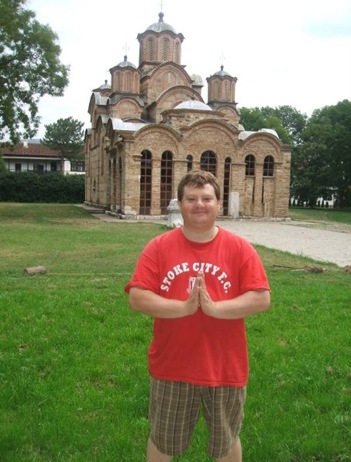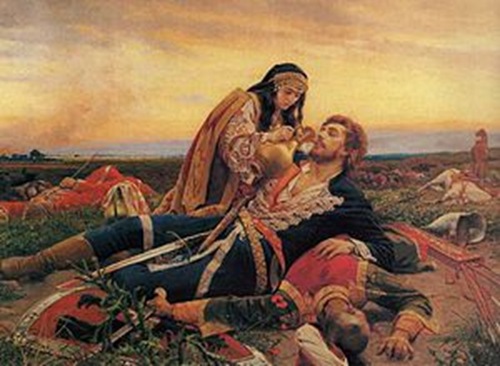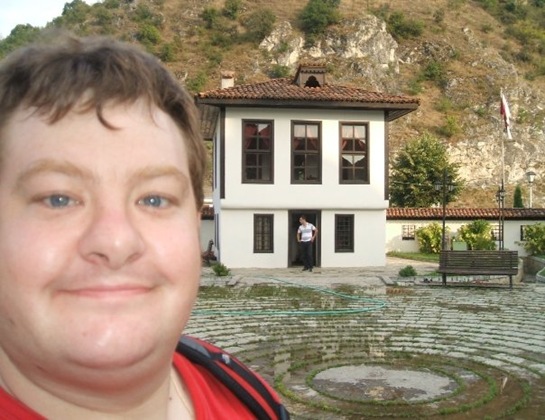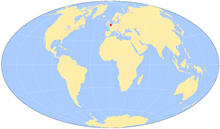Greetings!
And so here we are, to the sixth and final part of my Albanian adventures. I hope you enjoyed reading it all, (comments welcome as ever), since I certainly enjoyed both writing it and travelling there. I’ll reiterate here what the piece itself says, Albania is an oft-overlooked country that really should be explored. It is cheap and it is fascinating and, terrible infrastructure aside, it is largely hassle-free. I said that this is the final piece but that is only for the moment since I have no doubt whatsoever that I shall be returning to the Land of the Eagle, since Voskopja, Thethi, Kruja, Elbasan and many other places are waiting to be explored. And when I do, fear not, you’ll hear about it here first!
Keep travelling!
Uncle Travelling Matt
Links to all parts of the travelogue:
Part Six
I was most perturbed to be travelling from Kosova to Tirana through the pitch black of night; perturbed firstly since I would be missing the incredible scenery of the Albanian Highlands and secondly because I would also be missing The Motorway.
I’d first heard of The Motorway several months before when one of my students, (who naturally, did not have internet access), had asked me to find him some pictures of the new road to Kosova. I duly did so and in the process learnt from various news and propaganda articles posted on the Worldwide Web that the Albanian government had been pumping millions into a dual-carriageway from Milot to the Kosovan border near Kukës through some of the country’s remotest and most inhospitable regions. The Motorway was built to international standards, (unlike Albania’s other major roads), with countless cuttings, embankments, bridges and, the jewel in its crown, a 5km long tunnel. When it was opened by Prime Minister Sali Berisha just a few days before the General Election, the papers boasted that the journey time from Dürres to Kukës had been slashed from around eight hours to just under three! Oh yes, and Berisha proceeded to win that election by a whisker, with The Motorway being one of the most prominent features of his campaign.
Needless to say, this project interested me. It was, after all, the first major engineering project to be completed in Albania since the end of communism, the largest in fact, since the Light of the Party Dam. It was a potent symbol of the new, reborn, rejuvenated Albania; an Albania not cut off from her neighbours, but instead building roads to them.
More than that though, it was also highly political. First there was its official opening on the 31st May, 2009 when the polls opened on the 28th June, and then the huge amount of government propaganda focused on its completion, but then behind the scenes there were rumblings that not all was as it ought to be. One newspaper reporter in Kosova for example gives us his account of a trip on the road just weeks after its opening:
‘With a burning desire to escape the torrential rain of Pristina, and curiosity to sate about this wonder of the modern world, I set off in my plucky Renault Clio to southern Albania on a Friday afternoon for a weekend of exploration and relaxation.
Pristina to Durres in three hours was just one of the hugely optimistic travel times offered up as the road’s grand opening approached, just days before Albanians went to the polls.
I had not set my hopes too high, knowing that the road was unfinished and only a single carriageway had been opened – nonetheless, I was extremely concerned by what I discovered.
It was not that the Pristina to Durres trip took six hours – others who had used the road the following day told me that it had taken them nine – but that sections of the road appeared to have been opened with little regard to safety.
The Rreshen-Kalimash section was a perfectly pleasant, smooth ride, and workmen were busy completing the other side of the road for the September deadline. The tunnel was mostly finished, and the wait for the oncoming traffic to make their way through the one open lane was short.
But it was the first section of this new super-highway, from the Kosovo border to Kalimash, which convinced me to give the route a wide berth until it is properly completed.
It is simply unsafe, and I will be amazed if there are no serious accidents.
In parts, you are presented with acres of tarmac without any road markings. What makes this even more dangerous is that not all of the soon-to-be-marked-four-lanes are passable, meaning that at times you are forced to swing onto the other side of the road.
At one point, the road narrows down from four lanes to a two-lane bridge without sufficient warning. If you miss this peculiarity of the road, you will finish up at the bottom of a canyon.
On another section, the highway leads directly into the hillside because the constructors have not yet dug all the way through. There are no flashing lights, no sign-posts, no men in fluorescent jackets to warn you. Drivers were simply turning around and heading back towards a dirt track 500 metres further back in the blind hope that this was the way to Durres.
The only saving grace was that I made this trip during daylight. Had it been a night, it would have been terrifying.
On my return to Pristina, I decided to drive through Macedonia, despite the journey being considerably longer.’[1]
So it’s not quite so marvellous sounding now, but what was the fishiest fact of them all for me, was that it went to Kosova. Surely the greater economic need would be for a highway to Skopje in Macedonia as part of a rebuilt Via Egnatia, or perhaps a decent North-South route, linking Albania with EU member Greece at one end and Montenegro, (and thence Central Europe), at the other, not a road to nowhere which economically is what stagnating Kosova is, an effective cul-de-sac since her border with Serbia is closed. So was this about promoting trade and opening up to the world, or was it more about dreams of a Greater Albania that my friends in the Prizren bus station café had intimated? I was not the only one to harbour such suspicions either, for many of Albania’s backers and donors distanced themselves from the project due to the very same fears.
As for the road itself though, my initial impressions were favourable. Flat, smooth and well-engineered, it was a world away from the rest of Albania’s mountain roads. At Kukës though, we inexplicably turned off the new road and went through the city. At first I thought that it might be to drop off or pick up passengers, but we never stopped and an unfinished viaduct next to us revealed that the road here was still far from being complete. Some ten kilometres or so further on we rejoined the new highway, but when we got to the five kilometre-long tunnel we had to wait at traffic lights because only one bore was operational. After that though we continued in fine style until Rreshen where again we turned off as the new road abruptly stopped. This time we stopped also, at a roadside restaurant, but I was not hungry, so I walked on, away from the bus and the din of the CD shop next to the restaurant, and in the silence of the night, stared out at the moonlit valley below.
The scenery was stunning – I wished that I could have seen it in the daylight – a spectacular mountain valley, arid and deserted save for a tiny rivulet winding its way across the valley floor. I could easily imagine Edith Durham coming along here a century or so before with her mule and guide, traversing what was then one of Europe’s most unknown and inhospitable regions. Nowadays though, modernity had encroached, not only in the form of the restaurant and CD kiosk, but also as a huge new concrete viaduct that was being built along the valley, soon to carry The Motorway, a pertinent statement of this Brave New World, bold and empowering. But the darker side of that new world was present also; rubbish strewn down the hillside below the restaurant, tonnes of plastic bottles and bags, marring nature’s exquisite artwork with the excretion of man. Rubbish alas, is everywhere in Albania; there seems to be neither a refuse collection system nor any notion of civic pride that prevents the citizen from dumping his unwanted goods willy-nilly across the countryside, and this is a tragic combination, for it ruin’s the country’s greatest asset, her beauty. One can only pray that one of the millions of Albanians who emigrated to the West in the 1990s takes note of how we deal with our refuse and returns to his or her homeland to start a recycling business. I am sure that they will become a millionaire and more than that, in my eyes at least, will become an Albanian hero equal to any of the founders of the Prizren League.
I got chatting that journey with a woman sat across from me who was travelling with her teenage son and daughter back to Tirana where they lived. I’d wondered about her at first as her mobile was continually ringing and she kept answering in English which led me to suspect that she had a Western boyfriend, but no, it transpired that she worked in one of Tirana’s top casinos in the Blloku and those calling were foreign customers at the casino desperate for her presence once she arrived in the city. She was tired and wanted to go straight to bed she told me with a sigh, but how could she let her loyal customers down? And indeed, if such a life was not glamorous enough on its own, then her sister she told me, was one of Albania’s top chalga singers with “an incredible voice”. My only regret is not remembering her name so that I could check out her songs on the internet when I finally got to a computer.[2]
It was around twelve that we got to the outskirts of Tirana but then, to my disgust and that of most of the other passengers, our driver decided to make a detour to Dürres to drop off a group of Kosovan holidaymakers at one of the hotels. During that detour I got talking to my second passenger, a scruffy middle-aged man who lives off benefits in London, yet owns a house in Saranda. Like so many Albanians, he emigrated in the 1990s and upon arrival in the UK claimed asylum by pretending to be Kosovan. I told him that I knew of several others who’d done the same, but they were all in prison now, to which he admitted that he too had been inside, for fighting. By that time however, we were in Tirana so I bid both him and the chalga singer’s sister adieu and took a taxi straight to the Alpin where I sunk into a much-needed slumber.
There was much that I’d wanted to see in Albania and most of it I’d actually managed to do by the time I arrived back in Tirana. Indeed, the only four notable omissions were Voskopoje, the virtually abandoned Vlach city in the far south, the beautiful mountain village of Theth in the far north, the fortress of Kruja that I’d scheduled in whilst staying Tirana the first time but then illness had intervened and then Berat, the country’s other museum city. I now had but two nights left in Albania, (and the last had to be in Saranda realistically), and so I could fit but one more destination, and both Theth and Voskopoje were out of the question. Consequently, the next morning found me at the yard that acts as a bus station, waiting for the first available departure for Berat, for that was to the south and so it would break up my journey to Saranda a little.
The drive down was not long and once off the main road, it was through pleasant rolling countryside. We rolled into Berat in time for lunch and after alighting from the bus I was accosted by an elderly man on a bicycle who wished for me to rent the spare room in his house. Experience has taught me that renting rooms in private houses can be both cheap and enlightening, so I followed him to his abode in the Mangalem district of the city, immediately behind the exquisite Bachelor’s Mosque. The room was clean with an en suite shower and toilet and breakfast was provided, all for a mere €10 so I took Tomo, (for that was his name), up on his offer and deposited my bags there.
Accommodation sorted, it was then time to explore my last new destination in Albania. Like Shkodra and Gjirokastra, Berat’s main drawcard is her citadel so I walked through the winding alleyways of the Mangalem, (once the main district of the city where the Muslims lived), and then up the Kalase to the entrance, the steep climb in the midday sun causing sweat to stream down my face in rivulets and making several rest stops a necessity.
At the top, through the imposing gatehouse, there was a bride posing on the walls for her wedding photos, but my thoughts were elsewhere and so I headed off in the opposite direction, to a restaurant for a meal of “local speciality” that was bland at best, before then heading off on my tour of the citadel.
A nice day for a white wedding…
I have to say that Berat’s citadel was a disappointment. Much larger than the others that I’d visited and still inhabited, it felt more like a walled village on a hill than a fortress. The main attractions are the many churches within the compound, but all were locked and many of the smaller ones were naught more than stone sheds from the outside. Similarly, the two mosques built by the Ottomans were so ruined as to be of passing interest only. Once again, the main glories here were the views, spectacular in every direction, over the ancient city to its modern suburbs and then to the mountains beyond, unexplored, forbidding, mysterious…
View of Berat from the top of her Citadel
I climbed down again and entered my room hot and tired, so I retired for a siesta and emerged again when the sun was starting to set and the streets were alive with the evening xhiro. I explored some of the buildings around the Mangalem; the beautiful painted Bachelors’ Mosque; the ruined remnants of the pasha’s residence and the King’s Mosque. More interesting for me though was a Bektashi teqe behind that latter mosque which is where Shabbatai Tzvi is said to be buried.
I first came across Shabbatai Tzvi several years ago when researching Jewish history and learnt more about him from a Radio 4 programme that was recommended to me by a friend. Born in Smyrna in Turkey in 1626 into a strict Jewish family, he grew up studying the Talmud. Later in life he became involved in Kabbalah and then, aged 22 he revealed himself to close friends to in fact be the long awaited Messiah. Gradually he gained a large following, (and a famously pretty and licentious wife!), and after roaming the Jewish Diaspora for years, made the journey to Palestine where he publically declared himself to be the Messiah. This caused great joy amongst the Jews, but growing consternation amongst the Ottoman Turks and in 1666 he was arrested and imprisoned in Constantinople. Under pressure from the Turks he converted to Islam which dismayed many of his followers, (although a few stayed loyal, considering it part of his ‘masterplan’). This got him out of gaol, but not out of trouble, for Tzvi continued propagating kabbalistic ideas, now amongst the Muslims, in 1668 he was exiled to Ulcinj, (an Albanian city now in Montenegro), where he died in 1676. All that is very interesting of course, but does beg the question as to why he is now to be found in Berat at a Bektashi teqe. Well, the answer seems to be that the Bektashis claim that Tzvi converted to Bektashism and he is revered by them as a saint. There may be some truth in this as well, for even today a sect exists in Turkey inspired by Shabbatai Tzvi called the Sabbateans who mix Muslim, Christian and Jewish practices and bear much resemblance to the Bektashi. All in all, a remarkable man even if not the Messiah, but there again, one never knows for sure…?
By the tomb of the Messiah…?
After that I wandered through the centre of the modern city, prayed in the brand new Orthodox cathedral and then crossed over the river to the Gorica district which is where Berat’s Christians once lived. There I went into the exquisite church dedicated to St. Thoma before wandering between the houses to the Gorica Bridge, an elegant 18th century stone structure that was formerly the only link between the two sides of the city. Sights seen, I walked back to the modern centre where I enjoyed a coffee whilst watching the crowds take their evening xhiro. I took to counting how many times people would pass and began to need fingers on both hands and so gave up and mused more generally on the custom. To me the xhiro is one of the most endearing practices of the region and thoroughly healthy for not only does it provide one with some regular exercise, but it also helps to mould a society together, for whilst on one’s xhiro one can meet with friends and neighbours which is a lot more than can be said for staying in and watching the prolefeed available on TV; soap operas, quiz shows or those awful programmes that pit one manufactured musician against another. This of course begs the question as to why the practice is not encouraged in the UK, but alas, it is answered as soon as it is posed, for however healthy it might be, strolling the streets in the cold and rain is no fun whatsoever.
The Gorica District of Berat as seen from the Citadel
I decided to check my email before retiring that night and enquiries revealed there to be an internet café in a backstreet near to the King’s Mosque. Whilst searching for it, I chanced upon evidence that even designated museum cities were not immune from the harsh atheistic drives of the Hoxha Era, for up one alleyway there was an ottoman mosque, minaret lopped off, in use as a carpenter’s workshop. If it had been a church of course, the alternative usage would have been appropriate, but as it was, I’m sure that the Prophet would not have approved.
The minaret-less mosque where carpenters now work
There was an early bus to Saranda via Gjirokastra. I was a little disappointed since I’d hoped to go via Vlora and the coastal route which is meant to be stunning, but one can’t have everything and getting there was the most important thing. So it was that we rode across to Ballsh with its stinky bitumen sumps and then onwards, down the Vjosa Valley to Gjirokastra. We stopped at a different restaurant this time which had a small, simple monument outside commemorating the deaths of five local partisans who’d died in a skirmish with the Germans in 1943. There are such memorials all over Albania and whilst it is easy to dismiss them as mere articles of communist propaganda, one should also remember that they commemorate fathers, brothers, uncles and sons, (and occasionally sisters and daughters) who died fighting to free their country, and who were never to know what communist rule would bring.
The Partisan Memorial
After the rest stop and before Gjirokastra, we passed through Tepelena, one-time home of the infamous local despot Ali Pasha Tepelena who one hears so much about whenever travelling through the region. As the Ottoman Empire started to decline in the 17th century, the local provincial governors, known as ‘pashas’ became more and more like despots whose aim was not to preserve Ottoman power but to enlarge their own pashalik (province) so as to collect more taxes. In 1788 the sultan appointed a man from Tepelena named Ali to the Ioannina pashalik who had previously been a bandit and he used his knowledge garnered during years of robbing and pillaging to good use, expanding his pashalik, playing the Great Powers off against one another and amassing huge personal wealth. He built mighty fortresses across his territory, (Gjirokastra’s citadel was one of them), and once entertained Lord Byron who wrote of him most admiringly. He also converted to Bektashism and it is this conversion that enabled the Bektashi babas to spread their message across so much of southern Albania resulting in its huge presence in the region even today. By 1820 however, the Porte was beginning to get alarmed at the scale of his wealth and power and dismissed him as governor. In a last attempt to hold onto power, he threw in his lot with a Greek revolutionary organisation, but his castle at Ioannina was besieged and, after seventeen months, he was captured and beheaded. His death however, did have a much wider significance for Europe as a whole, even if we do not often realise it, for it was because the Porte were spending so much time and money in dealing with Ali Pasha, that they let the Greek revolutionists in the Peloponnese score a vital victory and establish an independent kingdom which would eventually lead to the modern-day Greek state and the disintegration of the Ottoman Empire in the Balkans.
Ali Pasha
The town today looks rather an interesting place, with Ali Pasha’s fortress on the hill, a magnificent rope bridge swung across the river and a statue of the man himself looking well-fed and content in the main square, all of which made me want to halt awhile, but no, time was running out and I needed to journey on.
We got into Saranda early in the afternoon and I made my way to the port to make enquiries about any Corfu-bound ferries that might be leaving. Unfortunately though, we were now in the off-season and there was but one departure a day and that had already sailed. The journey was not a wasted one though, for a managed to book a ticket for the next day’s sailing and also a room for the night in a hotel owned by the ticket seller. The place was called the Star Hotel and was both pleasant and clean, but what most interested me was that it was in fact a converted Hoxha Era apartment block and the layout and size of the rooms gave one a glimpse into the proletarian living confines of communist Albania.
And so it was that my grand tour of the Albanian lands drew to a close. I spent the day mooching around Saranda, (which really is a quite lovely place to mooch around in), drinking coffee, visiting the excellent archaeological display on the seafront and the ruins of an early synagogue and simply soaking in my last Albanian hours. It was indeed a pleasant place to end my journey and a fitting one too for it was, of course, in Saranda that my affair with that small and mysterious Balkan state had started thirteen years before. It was along her tatty seafront that I had strolled and on her rubble-strewn streets that I had wondered as to how such a Third World country could be found in the heart of Europe, just a stone’s throw away from an international party island. These days though, Saranda is tatty and rubble-strewn no more and instead she exudes an upbeat aura of confidence and faith in the future. Nowhere for me sums up the positive changes that have happened to Albania in the decade and more since her descent into anarchy in 1997 and the city whose tourist officer once asked me for a typewriter, now boasts five-star hotels, internet cafes and high-class bars and coffee shops. The Albanians of 2009 are optimistic and there is a sense of opening out to the world. If you’d asked me in 1996, or even 1999, if Albania would have ever joined the EU, I’d have laughed at the idea. Now however, I’d be surprised if she isn’t a member within the decade. There are still problems of course; abysmal infrastructure and litter everywhere being but two of them, but these are solvable and she has definitely turned the corner.
Saranda 2009
But if that is Albania in general, what about my own personal affections? Well, as this travelogue doubtless shows, I like the place and wish to return one day, although I must admit to finding the landscape too arid for my tastes and the food generally uninspiring. I really liked Tirana, Gjirokastra, Berat and Saranda, but Shkodra and Dürres did less for me, although to be fair, I wasn’t in the best of spirits when I visited either. Perhaps my biggest disappointment overall though, was Kosova which I’d expected much of and found to be generally bland, both scenically and culturally, having none of the incredible quirkiness and eccentricity that its neighbour to the west enjoys. That said though, there was a glaring exception to that sweeping statement, which of course was Prizren, a city that I found incredible and not only the best in Kosova by far, but indeed one of the finest in all the Balkans. For Prizren alone, one should take a trip to Kosova.
And as for the people that I met, well, they are Balkan through and through, which means friendly, well-educated, fiercely and often blindly nationalistic, and with exceptionally pretty ladies. As with all good trips, it is the people that make it special and those that I met on this trip – Ira and her family in Gjirokastra, Gjergi in Shkodra, Agron on the Koman-Fierze ferry, the boys in the café at Prizren bus station and my Albanian students in the UK – all made this trip so special that I’m already planning two more. What about exploring northern Greece and then crossing over to Korca, Voskopje, Tepelena and Gjirokastra, or travelling down from Bosnia, through Montenegro to Theth and then Kruja? Tantalising prospects indeed and if God is willing, then they shall be undertaken, but until then, if I were to sum up Albania in one image, it would be looking out onto that moonlit valley from the roadside near Rreshen. The road I was stood on, decrepit and unsuitable for the modern era, (yet the first to have been built), symbolising the Hoxha Era, whilst the tonnes of rubbish strewn down the hillside an ugly reminder of the chaos and anarchy of the post-communist years. But in the distance there’s the new viaduct, carrying The Motorway, the most potent symbol possible of the new Albania, linking up with her neighbours, not shutting herself off from them but beyond that, dominating the entire scene, the stunning, unbelievable, majestic and forbidding scenery that makes this one of the world’s most intriguing and rewarding destinations.
Saranda seafront: Goodbye to the Land of the Eagle
Books used or mentioned during the writing of the travelogue
Durham, Edith: High Albania: A Victorian Traveller’s Balkan Odyssey
Published by Phoenix Press (London, UK) 2000 (Originally published by Edward Arnold (UK) 1909
Glenny, Misha: The Balkans 1804-1999: Nationalism, War and the Great Powers
Published by Granta Publications (London, UK) 1999
Gloyer, Gillian: Albania: Edition 3
Published by Bradt Travel Guides Ltd. (Chalfont St. Peters, UK), May 2008
Pettifer, James: Blue Guide Albania (Second Edition)
Published by A & C Black (Publishers) Ltd. (London, UK) 1996
Plunkett, Richard, Maric, Vesna & Oliver, Jeanne: Western Balkans
Published by Lonely Planet (Melbourne, Australia), 2006
Thanks are due to:
Agron Nezaj
Gjergi
Lujeta, Ira and Veli
Marjam Semaj
Albert Hoxha
Flamur Demarku
Vaso Aliu
Fatme Myuktar (for info on the Gorani)
[1] Road to Nowhere by Lawrence Marzouk, dated 13th July 2009. Available online at: http://www.balkaninsight.com/en/main/blogs/21045/
[2] That said, I am 90% sure that her sister is one Adelina Ismajli. Basically I remember her name began with ‘A’ and she is by far the most famous Albanian female chalga singer with a name beginning with ‘A’. Furthermore she looks a bit like a younger version of the woman I met on the bus and she is listed on Wikipedia as being a Kosovan Albanian, and the lady on the bus told me that her family was Kosovan even though she now lives in Tirana, and indeed, that was why she was on the bus; they’d gone back home to visit the family.
Adelina Ismajli

